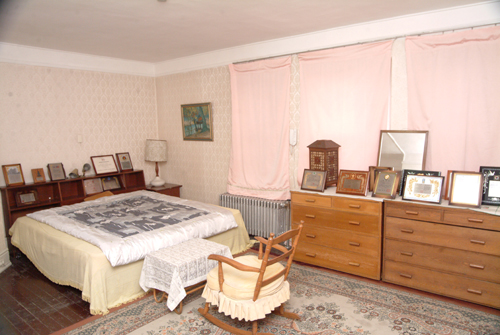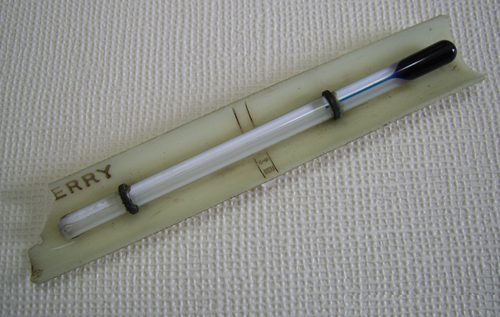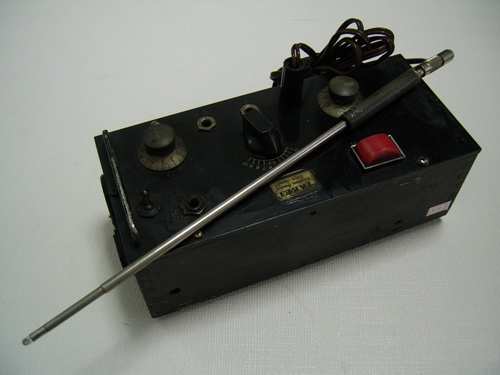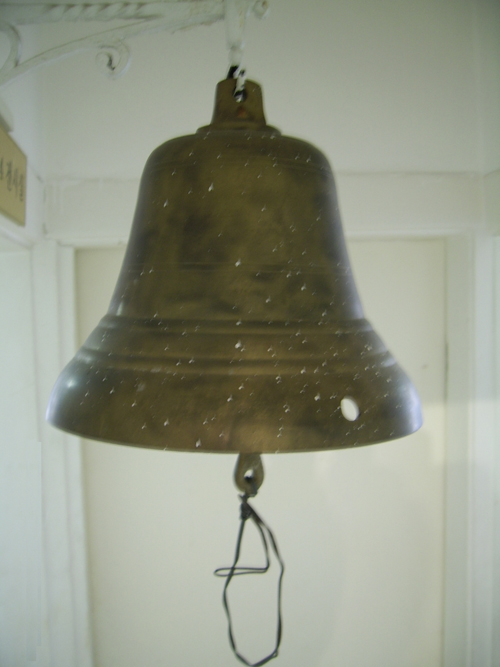Medical Museum
- Home
- Medical Mission Museum
- Medical Museum

Main exhibits
| Gold needle (1930s) | A gold-ornamented needle used for puncturing blocked tear duct, fistula. |
|---|---|
| Anesthesia machine (1950s) | A mobile anesthesia machine designed for field operation |
| Light source glasses for night operation (1940s) | Eyeglass-type light source used for night emergency surgery |
| Nocturnal device set (1940s) | Nocturnal medical device set carried by army medics during wartime |
| Surgical device tray (1930s) | Tray for placing disinfected surgical devices |
| Orthopedic tools (1960s) | The saw at the bottom was used for cutting bone, and the upper scissors for cutting plaster bandage |
| Surgical tools during Joseon (1904) | Earlier surgical tools used for resection of various types of suppuration, i.e., portable medical tools for surgery, thermometer |
| Thermometer | mercury thermometer used by Dongsan Hospital during the 1950s |
| Syringe (1940s) | Consists of the needle that penetrates into the tissue, glass tube containing liquid chemical, and piston to apply pressure |
| Syringe (1960s) | |
| Tourniquet (1940s and 1950s) | A tool for hemostasis during orthopedic surgery, based on a manual piston pump |
| Auto perimeter (1960s) | An ophthalmological tool for checking vision and field of vision |
| Hygrometer (1920s) | Manual hygrometer used by the missionaries. As it spins, a graph is drawn to indicate the humidity level on the scale. |
| Centrifugal separator (1970s) | The first centrifugal separator in Korea |
| Mobile medicine cabinet (1900s) | The medical cabinet used to be mounted on the donkey’s back every market day to sell medicine. In addition to three medicine drawers, a separate space was made on the bottom. It is the only remaining mobile medicine cabinet in Korea. |
| Beam balance (1950s) | Two balance discs are hung on a horizontal bar placed on the shaft at the center. On one balance, the item for sale was place, and, on the other, a weight in order to weigh the drug. |
| Electrocardiogram (1940s) | A machine that recorded action currents generated when the heart muscles contract. |
| Steam inhalation (1930s) | A device used for steam inhalation therapy, by mixing the medicine with steam so that it can be inhaled into the respiratory system |
| Anesthetic machine (1950s) | Mobile anesthetic machine designed for night operation |
| Microscope (1920s) | |
| Light source glasses for night operation (1940s) | Eyeglass-type light source used for night emergency surgery |
| Ivory stethoscope (1900s) | |
| Glasses (19th century) | Glass frame made of cow horn and turtle spine |
| Herb grinder Drug extractor (1900s) |
A tool used for grinding or extracting herbal medicine including millstone, grinder, and cloth |
| Medicine pot (1920) | A type of pot in which liquid medicine in container was placed and covered by about 2/3 with ash to heat |
| Moxa tool (1900) | Medicinal mugwort was put inside it and, when there is smoke, the warm surface was placed on the aching place. It is made of brass and the dragon, phoenix, pear flower decorations mean it was used by the royal family. The two handles were designed ergonomically for convenient application. |
| A case for acupuncture needles (1910s) | Small case for storing acupuncture needles |
| Acupuncture needle case (1900) | On this wooden container is written ‘Live long and well.’ It was carried by the waist for treatment and the bamboo drawing represents fidelity. |
| Urine container (1900) | Container for urine test sample |
| Medicine melting pot | This tool was used for melting solid medicine or boiling cow saliva. It was designed like a thermos to retain the heat. |
| Bronze boiling pot (1800s) | Unlike other earlier boiling pots, it has foldable legs and handles and, therefore, is portable and versatile. |
| Umbilical cord scissors (1920) | Scissors used for cutting umbilical cord |
| Surgical waste bucket (1930) | Container for an organ extracted during surgery. |
| Indirect x-ray tube (1950s – 1960s) | During the time when tuberculosis was prevalent, this large x-ray machine was used for indirect scan of the chest. |
| The hospital director Moffett’s study (June 1948 – January 1933) | After taking office as the hospital director, Dr. Moffett began fundraising through various charity organizations in the US, Western Germany, and other countries, in order to build a new, expanded hospital and buy modern medical equipment, by writing numerous letters and praying. His passion for improvement of Dongsan Christian Hospital can be still felt in the study. |
Photographic data

The hospital director Moffett's study



Medicine pot(1920s)
Moxa tool(1900s)
Medicine melting pot

Bronze boiling pot(1800s)
Urine container(1900s)
Acupuncture needle case(1900s)
Acupuncture needle case(1910s)




Glasses (19th century)


Orthopedic tools(1960s)
Surgical tools during Joseon (1904s)
Thermometer
Gold needle (1930s)
Syringe (1940s)



Auto perimeter (1960s)
Anesthetic machine (1950s)
Hygrometer (1920s)
Ivory stethoscope (1900s)
Light source glasses for night operation (1940s)
Microscope (1920s)
Steam inhalation (1930s)
Electrocardiogram (1940s)
Umbilical cord scissors (1920s)

Surgical waste bucket (1930s)
Centrifugal separator (1970s)
Beam balance (1950s)
Keimyung University Dongsan Hospital 1035, Dalgubeol-daero, Dalseo-gu, Daegu, Korea
Tel: 82-53-258-4001 Fax: 82-53-258-4009
COPYRIGHT (C) KEIMYUNG UNIVERSITY DONGSAN HOSPITAL. ALL RIGHTS RESERVED.
메뉴마스크
